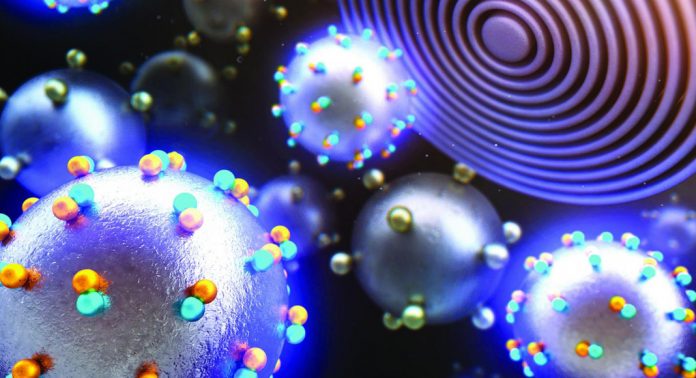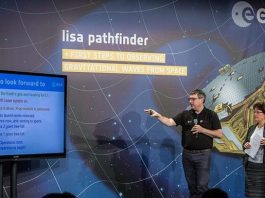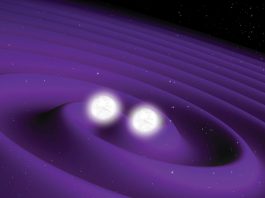An X-ray instrument at the Lawrence Berkeley National Laboratory is to improve upon its brightest X-ray beamline and enable microscopy with higher X-ray energies.
A multi-purpose X-ray instrument, named COSMIC, at the Lawrence Berkeley National Laboratory’s Advanced Light Source (ALS), is the brightest X-ray beamline at the ALS. The synchrotron generates intense light from infrared to X-rays and delivers it to dozens of beamlines to carry out a range of simultaneous experiments.
Its capabilities include world-leading soft X-ray microscopy resolution below 10 nanometres (billionths of a metre), extreme chemical sensitivity and ultrafast scanning speed as well as the ability to measure nanoscale chemical changes in samples in real time, and to facilitate the exploration of samples with a combination of X-ray and electron microscopy. Soft X-rays represent a low range in X-ray energies, while hard X-rays are higher in energy. Each type can address a different range of experiments.
The X-ray instrument is setting the stage for a long-term project to upgrade the decades-old ALS. The project will replace most of the existing accelerator components with state-of-the-art technology, ensuring capabilities that will enable world-leading soft X-ray science for years to come. The upgrade will also further enhance COSMIC’s ability to capture nanoscale details in the structure and chemistry of a broad range of samples.
The expected 100-fold increase in X-ray brightness will provide a similar increase in imaging speed at COSMIC, and a more than threefold improvement in imaging resolution, enabling microscopy with single-nanometre resolution. The technologies being developed at COSMIC will be deployed at other beamlines at the upgraded ALS, making possible microscopy with higher X-ray energies for many more experiments. The instrument is one of many highly specialised resources available to scientists from around the world for free through a peer-reviewed proposal process.
COSMIC’s current capabilities
COSMIC researchers published a journal article in Science Advances, which offers examples of 8-nanometre resolution achieved in imaging magnetic nanoparticles, the high-resolution chemical mapping of a battery cathode material during heating, and the high-resolution imaging of a frozen-hydrated yeast cell at COSMIC. These results serve as demonstration cases, revealing critical information about the structure and inner workings of these materials and opening the door for further insights across many fields of science.
Another journal article, published in Proceedings of the National Academy of Sciences, demonstrated the first-ever use of X-ray linear dichroic ptychography, a specialised high-resolution imaging technique available at COSMIC, to map the orientations of a crystal known as aragonite that is present in coral skeletons at 35-nanometre resolution. The technique shows promise for mapping other biomineral samples at high resolution and in 3D, which will provide new insights into their unique attributes and how to mimic and control them. Some biominerals have inspired humanmade materials and nanomaterials due to their strength, resilience, and other desirable properties.
David Shapiro, the paper’s lead author and the lead scientist for COSMIC’s microscopy experiments, said: “We use this user-friendly, unique platform for materials characterisation to demonstrate world-leading spatial resolution, in conjunction with operando and cryogenic microscopy. There’s no other instrument that has these capabilities co-located for X-ray microscopy at this resolution.”









